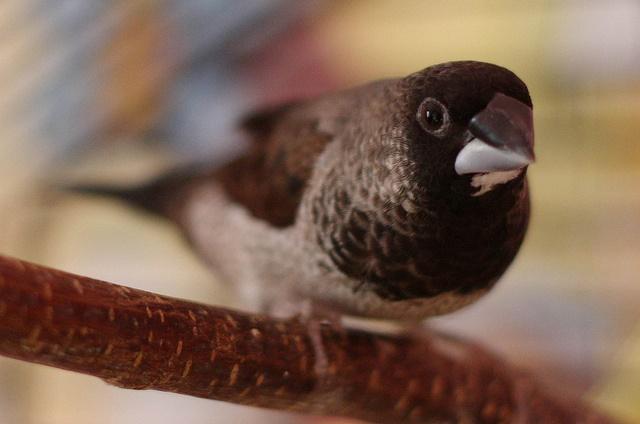The World Health Organization (WHO) yesterday said that China on Mar 9 notified it of 59 more lab-confirmed H7N9 avian influenza infections, 17 of them fatal, and US researchers noted that the virus can easily pass between finches and quail.
Several Chinese provinces and cities have been announcing confirmations of new H7N9 cases as they occur, but little detailed overall information has come from the central government during the third wave of infections, which started in October, except for periodic updates to the WHO.
Most cases had poultry exposure
The cases span epidemiologic weeks 4 through 9, with illness onsets that range from Jan 21 to Jan 25. Three quarters of the patients (44) were male, and 49 had exposure to live poultry or live-poultry markets. Exposure history wasn't known or isn't available for six of the cases.
Three family clusters consisting of two cases each occurred among the 59 cases. Four of those individuals had been exposed to live poultry or live-poultry markets, one had no poultry exposure, and the exposure in one case is still under investigation.
Recent cases were reported in nine of China's provinces, with more than half (35) from Guangdong. Others included Zhejiang (11), Anhui (4), Jiangsu (3), Hunan (2), and one each from Fujian, Guizhou, Jiangxi, and Shanghai.
The WHO said in a Mar 3 report on flu at the human-animal interface that it had received reports of 602 H7N9 infections from China, 227 of them fatal. A case list based on the most recent reports from provincial, local, and other official sources kept by FluTrackers, an infectious disease news message board, puts the most recent total at 643 cases.
Transmission study
In other H7N9 developments, researchers from St Jude Children's Research Hospital in Memphis, Tenn., yesterday reported that the virus can spread easily between finches and quail through shared water, suggesting that passerine birds may be vectors that spread the virus to poultry. The team published its findings in Emerging Infectious Diseases.
The group had previously shown that finches, sparrows, and parakeets are susceptible to the virus and can shed H7N9 into water. In their follow-up study, they tested interspecies transmission between finches and chickens and between finches and quail in adjoining cages with and without a shared water source. The researchers used both human and avian H7N9 viruses.
They found that waterborne, but not airborne, transmission of both human and avian H7N9 viruses occurred between the finches and poultry, but the quail were more susceptible than the chickens. The group concluded that finches, and probably other small birds, can spread the virus to poultry through shared water sources.
See also:
Mar 11 WHO statement
FluTrackers H7N9 case list
Mar 11 Emerg Infect Dis abstract




















